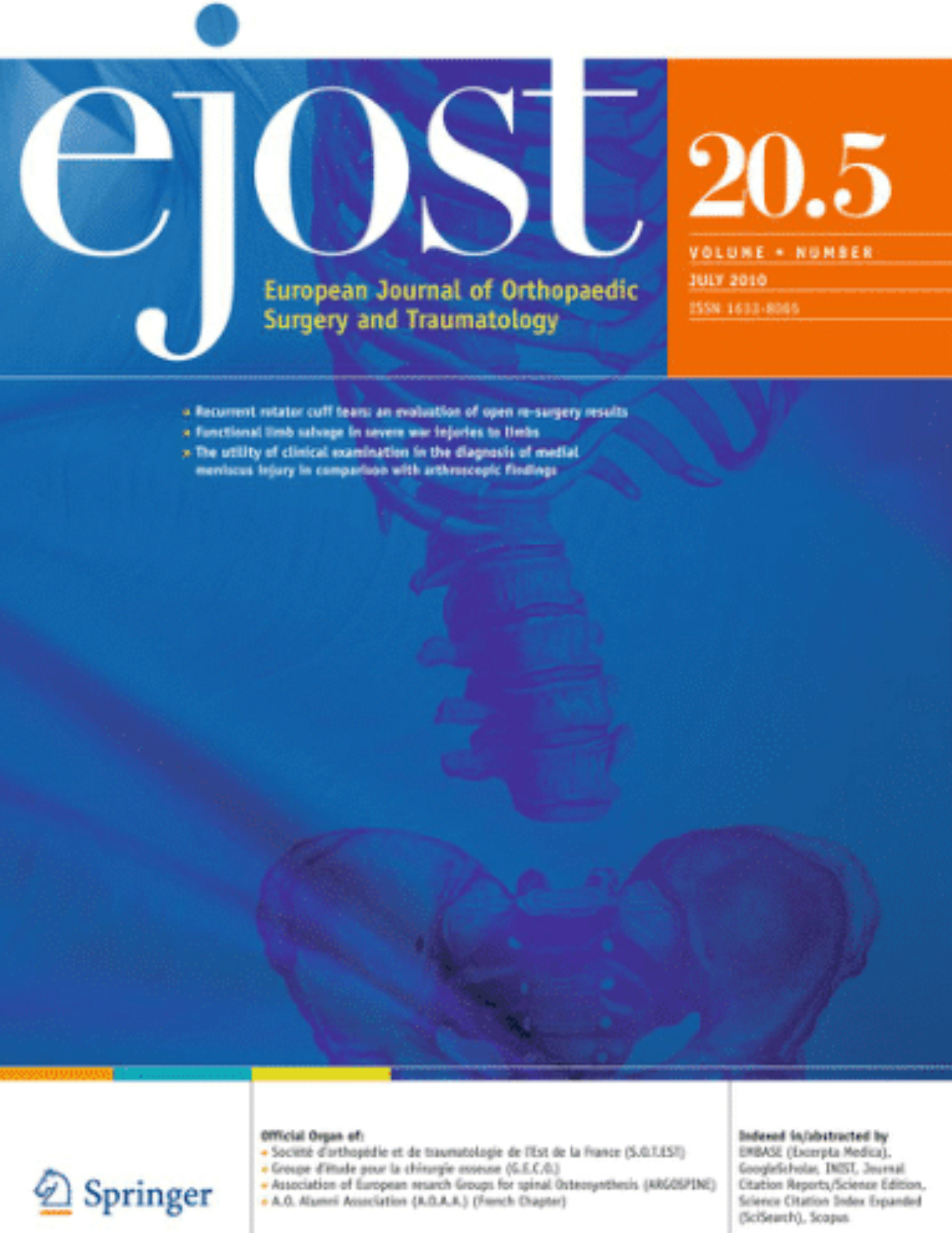
Lower blood loss with cancellous screws compared to sliding hip screws for femoral neck fractures

Lower blood loss with cancellous screws compared to sliding hip screws for femoral neck fractures
Sliding hip screws versus cancellous screws for femoral neck fractures: a systematic review and meta-analysis
Eur J Orthop Surg Traumatol. 2019 Oct;29(7):1383-1393.Did you know you're eligible to earn 0.5 CME credits for reading this report? Click Here
Synopsis
10 studies (1934 patients) were included in this meta-analysis comparing sliding hip screws and cancellous screws for the surgical treatment of femoral neck fractures. Outcomes of interest included operative duration, intra-operative blood loss, nonunion, avascular necrosis, re-operation, infection, fracture healing, hip function scores, medical complications, hip pain and mortality rate. Results ...
To view the full content, login to your account,
or start your 30-day FREE Trial today.
FREE TRIAL
LOGIN
Forgot Password?
Explore some of our unlocked ACE Reports below!

Learn about our AI Driven
High Impact Search Feature
Our AI driven High Impact metric calculates the impact an article will have by considering both the publishing journal and the content of the article itself. Built using the latest advances in natural language processing, OE High Impact predicts an article’s future number of citations better than impact factor alone.
Continue



 LOGIN
LOGIN

Join the Conversation
Please Login or Join to leave comments.